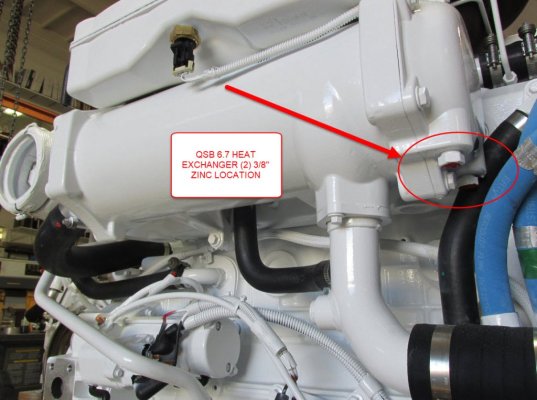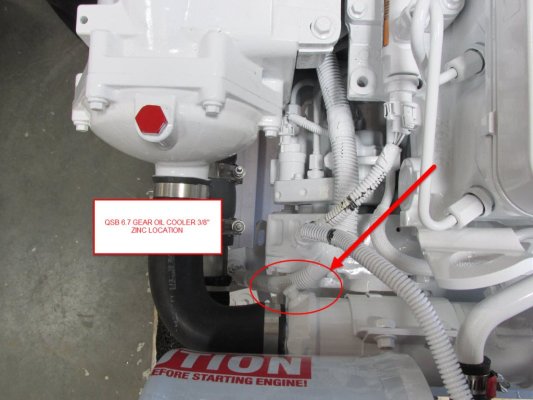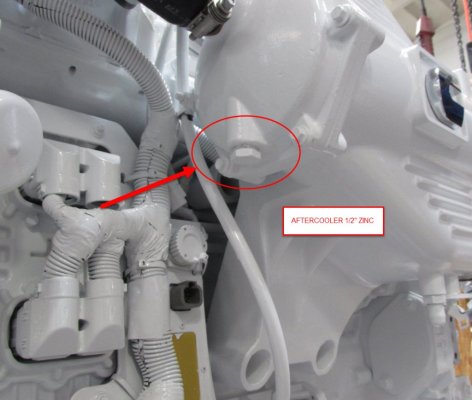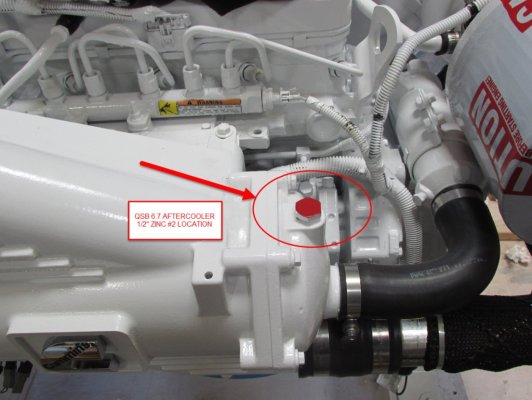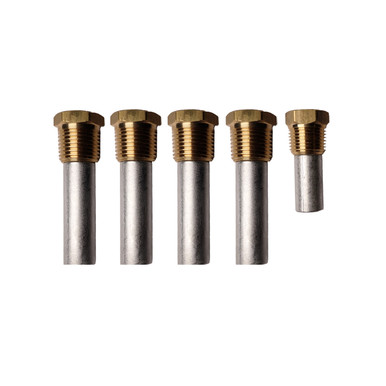Helmsman
Guru
- Joined
- Oct 3, 2020
- Messages
- 1,123
- Location
- Chattanooga
- Vessel Name
- Mishy Jean
- Vessel Make
- Helmsman Trawler 38E
I found these on the sbmar.com site. Pics from the site are attached. The link shows a variety of Cummins engine zincs, with the QSB 6.7 at the bottom. It appears to me that there are 5 zincs. Two are listed as 1/2” (thread?) on the aftercooler. One is 3/8” thread on the gear oil and two 3/8” thread on the heat exchanger. They are marked on the pictures. Other sites say there are three 1/2”.
I read elsewhere that you need to be careful of a couple of things. Have something to catch the water below the lower aftercooler zinc so it doesn’t spill on the fuel pump. There may also be a need to shorten (saw it off) the small one in the gear oil cooler. I am not sure if the shortening is an accurate statement but could be verified before placement by comparing the new with the old. This tracks with what I saw on a newer Helmsman 43e. Cummins certainly doesn’t make this aspect of maintenance easy to determine.
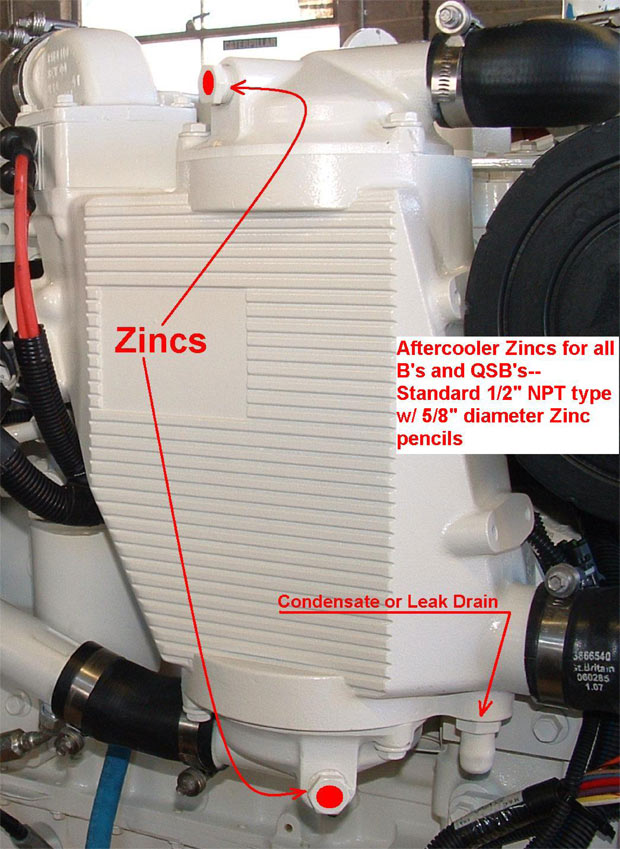
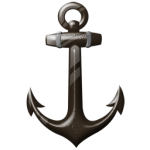 www.sbmar.com
www.sbmar.com
I read elsewhere that you need to be careful of a couple of things. Have something to catch the water below the lower aftercooler zinc so it doesn’t spill on the fuel pump. There may also be a need to shorten (saw it off) the small one in the gear oil cooler. I am not sure if the shortening is an accurate statement but could be verified before placement by comparing the new with the old. This tracks with what I saw on a newer Helmsman 43e. Cummins certainly doesn’t make this aspect of maintenance easy to determine.

Zinc Locations Cummins Marine Diesel Engines
Zinc Locations Cummins Marine Diesel Engines
 www.sbmar.com
www.sbmar.com
Attachments
Last edited:

